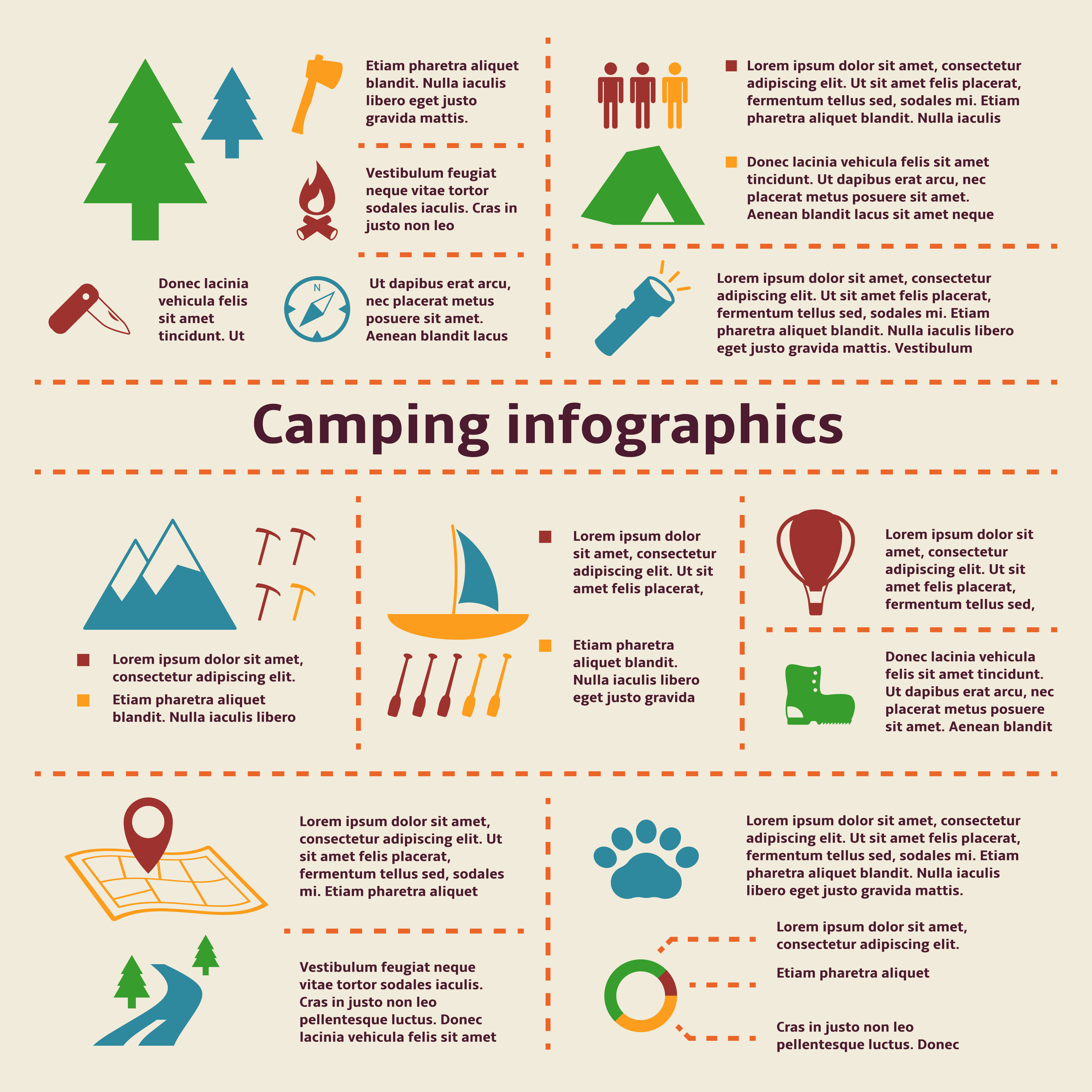The Essential Guide For Selling Camping Tents
The Essential Guide For Selling Camping Tents
Blog Article
The History of Bell Tents
From the nomadic people of Central Asia to glamping websites all over the world, bell outdoors tents have actually come to be an icon of rustic journey. Their famous silhouette and roomy interiors create an ambiance that is both comfy and impressive.
What is tent fabric called?
Their origins can be mapped to army camping tents developed by Henry Hopkins Sibley, who patented the conical canvas sanctuary in 1856. The layout was based upon the Native American teepee and was developed to be easily assembled, durable and mobile.
Beginnings
The bell camping tent has been a staple for outdoor fanatics given that the 19th century. The style is rooted in armed forces tents that saw service in the Crimean Battle, and later on ended up being prominent with scout teams throughout America. The American Sibley camping tent was a variant of the European bell tent. Its developer, Henry Hopkins Sibley, took motivation from the Native American tepee when creating his variation. His design integrated a single facility pole, raised bigger wall surfaces and a venting cap that permitted smoke from the oven to get away.
Today, modern canvas bell outdoors tents use a sense of luxury for camping fans and are a prominent option for glamping resorts. With a spacious inside and an appealing shape, these outdoors tents can be decorated with furniture and style to produce a comfortable and intimate environment for owners. The round style also assists with wind resistance and permits adaptable interior layouts. The less complex style with fewer posts and risks makes it simpler to set up camp and transportation to various places.
Military Usage
The Bell Outdoor tents was a home-away-from-home for numerous soldiers in the 18th century. It was used on the combat zone in addition to for command centres and field hospitals.
Its ability to be quickly established in a variety of goal situations allowed it to act as an effective shelter and workspace. Its modular layout implies it can increase or get to fit the requirements of different sized groups and objectives.
In addition, it can be conveniently transported making use of a variety of vehicles and hands-on transport, making it a sensible option for military and rescue procedures. Its lightweight, portable nature likewise makes it simpler for soldiers or rescuers to lug and hike throughout complicated terrain to reach their goal site. This conserves useful time and sources.
Glamping
With the surge of glamping, bell camping tents became preferred as a glamorous outdoor camping option. Their legendary silhouette develops a wonderful setting and can be fitted with stylish home furnishings to include an extra touch of convenience fun camping gifts to your outdoor camping experience.
In the 19th century, the military adapted the layout to make it more long lasting and sensible for use on war zones and explorations. Pet hides were replaced by canvas that had been treated with waterproofing representatives, allowing the bell tent to stand up to harsh climate condition.
The bell tent's usefulness caught the interest of entertainment campers, and it rapidly obtained popularity as an outdoor tents for camping trips and various other exterior events. It is currently a staple at boutique outdoor camping websites, music events, and eco-resorts, where it offers a blend of fond memories and elegance.
Layout
The bell tent's easy layout caught the eye of leisure campers, and it quickly became a staple amongst those that wanted to experience the outdoors stylishly. Today, you can locate these versatile frameworks in camping sites and at glamping retreats throughout the globe.
The first trademarked variation of the bell tent was developed by Henry Hopkins Sibley throughout the American Civil Battle, drawing motivation from Indigenous American tipis. He incorporated a solitary main pole, short side walls, and an aired vent "cap" for smoke from a stove to produce his cutting-edge tent.
Gradually, Sibley's layout improved with the enhancement of breathable canvas and various other products that allowed the camping tent to manage its temperature level. Modern bell tents are made from a range of products, consisting of cotton and blends with flame resistant textile to lower fire hazards. Their roomy insides are best for preparing furniture to create comfy resting locations and lounge rooms. They are also lightweight and simple to construct, making them a great choice for beginners or anybody trying to find a stress-free camping experience.
What are the best camping tents?
